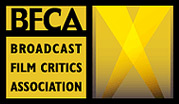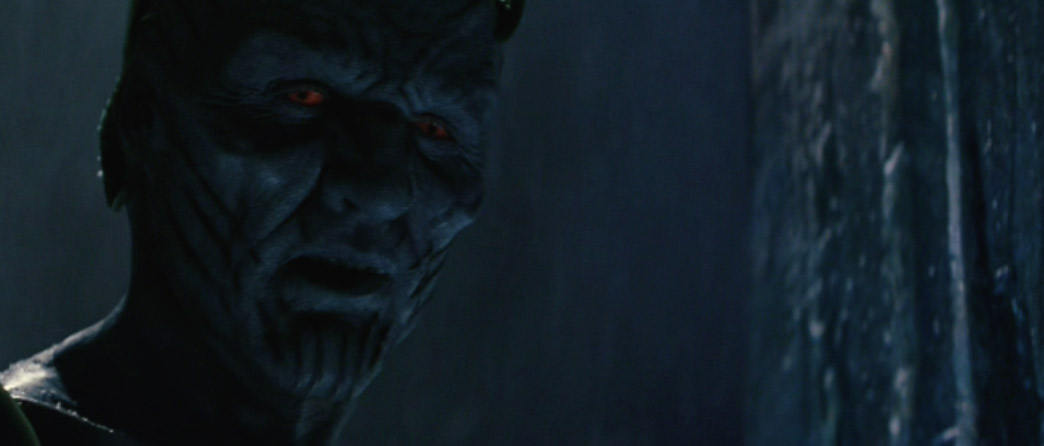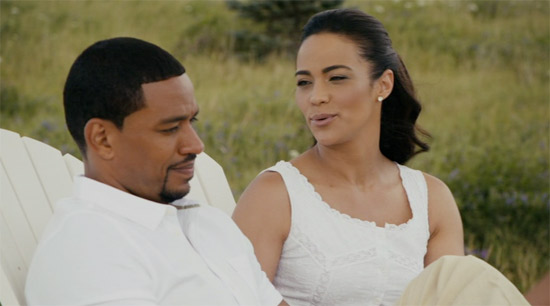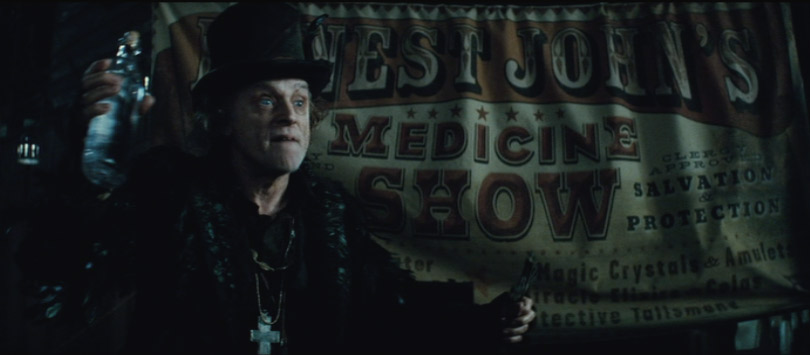Cast This! Rob Marshall and "Into the Woods"
 Thursday, January 12, 2012 at 7:20PM
Thursday, January 12, 2012 at 7:20PM As frightening... as bewildering... as wrong as it is to say after a decade of breakthroughs (Moulin Rouge!), critical triumphs (Dancer in the Dark, Hedwig and the Angry Inch) and box office hits (Chicago, Dreamgirls, Hairspray) and problematic but Oscar nominated efforts (Nine, Sweeney Todd, Phantom of the Opera) ... the movie musical is still in trouble. It probably will be until another Vincente Minnelli or Bob Fosse arrives on the scene, someone who understands and breathes and trusts the very cinematic language of the musical. Until then we'll get bored directors detouring or novices who think it might be "fun" to try one... or Rob Marshall.
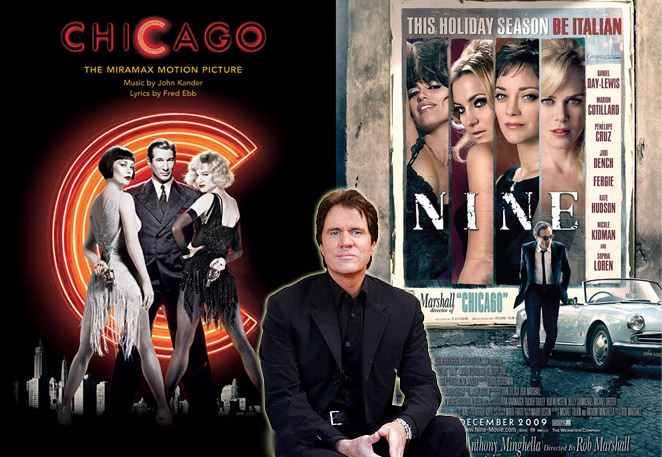 Will no young director challenge Rob Marshall as King of the Musicals?
Will no young director challenge Rob Marshall as King of the Musicals?
Stage turned film director Rob Marshall was initially seen as something of a savior of the form when Chicago (2002) became a smash hit and Best Picture winner. It had been 34 years since a movie musical had had that honor. But his musical follow up Nine (2009) proved a massive flop and a target of critical derision. Though I thought it was better than it got credit for being (how could it not be given the vitriol?) in tandem with Chicago it revealed too little range and an inherent distrust of the form he had been handed, without competition, to rule; the music in both films emerged on sound stages as hallucinations or performative fantasy. His two subsequent non-musicals (Memoirs of a Geisha and Pirates of the Caribbean: On Stranger Tides) were much worse, with listless dramatics and overstuffed weightless business for plot. Nevertheless, Hollywood logic prevails. Disney, looking at the colossal gross of On Stranger Tides, has obviously forgiven Marshall for Nine's red ink and rewarded him with the reigns of the film version of a bonafide masterpiece, Stephen Sondheim's twisted fairy tale classic Into the Woods. Never mind that I could have directed On Stranger Tides (it would have been all about the mermaids and they would have drowned Captain Jack in the first half hour) and it would still have been a top grosser. In Hollywood you get credit for blockbuster grosses even if you are obviously replaceable since anyone helming a long running franchise will produce a similar size hit. Audiences are lemmings when it comes to those big franchises.
So though I weep that Into the Woods isn't getting a world class auteur, and I shudder most of all to think of those glorious songs sung by people who can't handle the intricacies of the music -- Marshall casts for stardom first even if they can't sing and Sondheim obviously writes only for great singers who can act -- we should try and stay positive. Let's play...
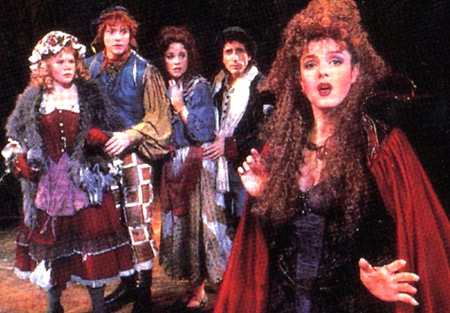 Bernadette Peters leads the cast of the original INTO THE WOODS (1987)
Bernadette Peters leads the cast of the original INTO THE WOODS (1987)



